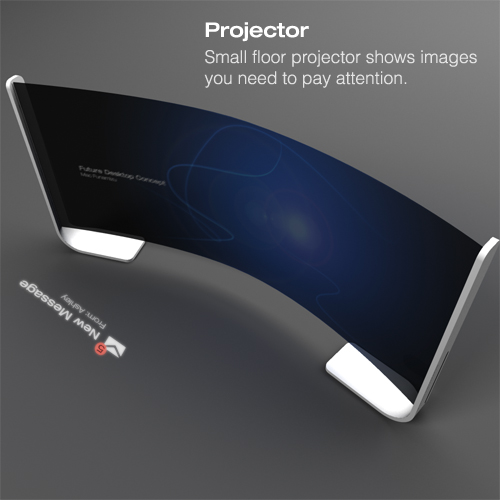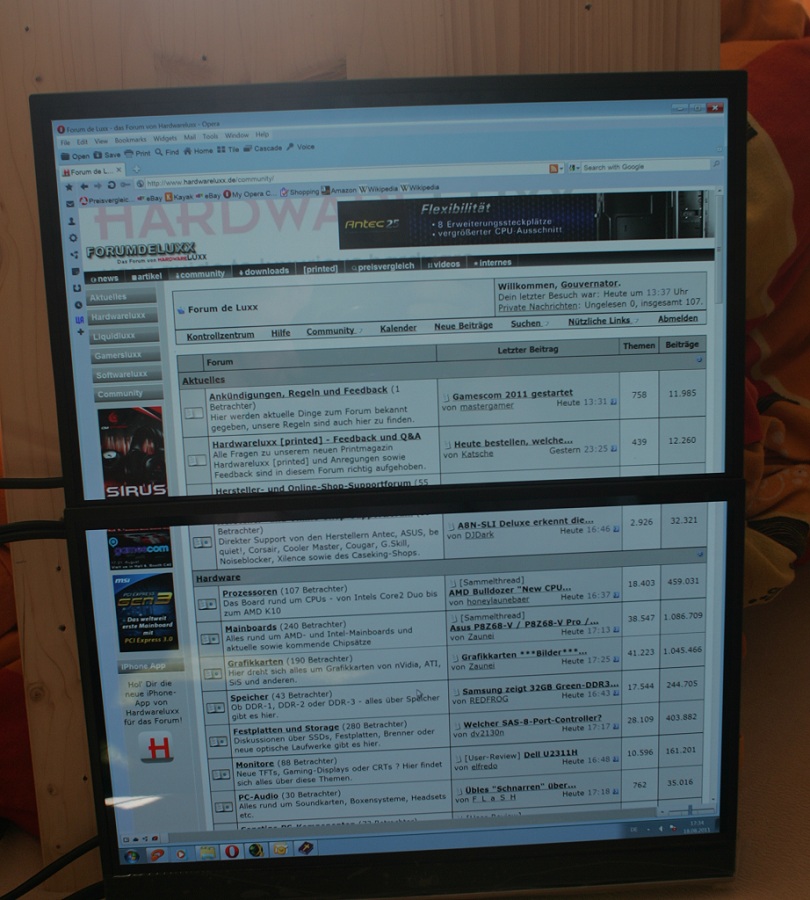@ Chippy
They are? Well... I would love to see some actual numbers about that. Including what type of projection was used.
Because I was indeed very displeased when I e.g. watched Inception at the IMAX in Toronto because of the awful gray mess I was confronted with (and paid quite a lot for). But I'm pretty sure I never saw anything like it at a small, local arthouse theater in Austria.
Also - isn't THX really rather meaningless? It seems to me they just love to put their logo on ever other product out there. I mean... 5.1 speakers for 200 bucks or so THX certified? I'm sure that's great quality right there...
I don't have any specific data to hand, although I could probably find some with a bit of googling. My comment was certainly based on personal experience though.
I know that black levels through film (i.e. celluloid) are not spectacular - unsurprising really bearing in mind the technology involved. I am sure I have seen data about that.
And with more modern projection equipment, it's all DLP gear which doesn't achieve class leading black levels in domestic environments (irrespective of price) so I would not expect it to do so at the movies.
And then you have to factor in the fact that the screen is white (or silver) and the only way you get black on a white screen is in a pitch black room, which the theatre is not. The emergency exit signs and other such lighting produce enough ambient light to spoil the effect. And that assumes there are no other "gross" errors - which there often are - like the projectionist leaving the lights on in the projection room or some idiot usher leaving a back door open and the sunlight streaming in (don't laugh - I sat though an IMAX matinee feature ruined by that!)
![[H]ard|Forum](/styles/hardforum/xenforo/logo_dark.png)

